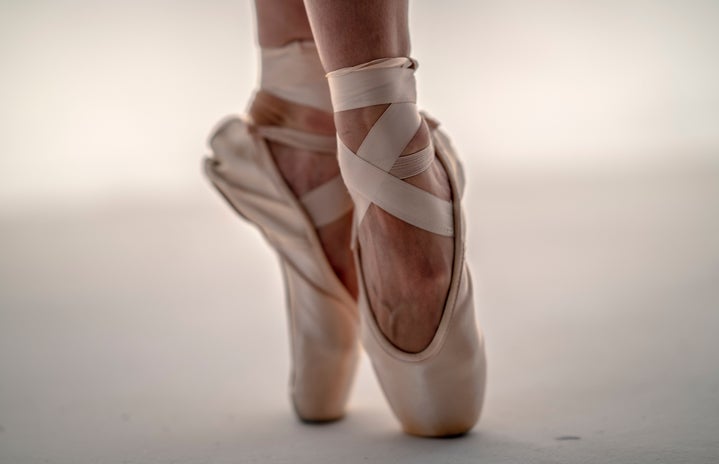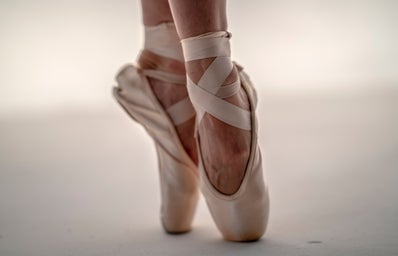As a long-time ballerina and a soon-to-be communication graduate, I’ve started reflecting on the connection between my passion for dance and my future career as a communicator. Over time, I’ve noticed that many of my childhood ballet friends have also chosen careers in communication—whether in journalism, public relations, advertising, film, or television. This got me thinking: Is there a link between ballet and communication? Does ballet make us better communicators?
Ballet as a Form of Communication
At its core, ballet is a disciplined and rigorous art form. But beyond the technique, it’s about gracefully expressing emotions, telling stories, and embodying characters—all without saying a single word. In many ways, this mirrors what we do in communication, using text, images, and sound to convey ideas and narratives. In both cases, the goal is : to make people feel and understand something clearly, creatively, and accurately.
Insights from Research: Ballerinas and Careers in Communication
To better understand this connection, I conducted a small survey with 10 ballerinas I know from my dance studio. The results – shown in the images below – were striking: 90% of respondents agreed that dance is indeed a form of communication. About 70% said they either study or work in communication, and of those, almost 60% believe ballet influenced their career choice. These findings support my theory that many ballerinas are naturally drawn to communication fields—perhaps because we’ve been practicing the art of non-verbal expression from a young age.
One respondent shared: “I believe that dancing from such a young age stimulated other desires related to art. Because I love art, I felt comfortable pursuing a communication degree.” Another expressed how ballet sparked her love for creative fields: “Through these extracurricular activities I did as a child, like ballet classes, I realized I wanted to work in a creative field. I knew a career as a ballerina wouldn’t work out, because the level required for that was far beyond my reality—so ballet became a hobbie and I looked for other careers, and that’s when I found communication.”
Balance between technique and emotion (for both areas)
In both ballet and communication, technical skills are essential but not sufficient. A ballerina might have impeccable technique, but without emotion and presence, their performance falls flat. Similarly, a journalist or advertiser needs more than just the ability to write well or have extensive knowledge—they must complement their work with creativity, empathy, and an understanding of what they want to communicate.
The Non-Verbal Dialogue Between Dancers
Ballet pas de deux – when two dancers dance together – or ensemble performances – group dances -, offer an interesting perspective on the communication among ballerinas. In these styles, there is a constant exchange of non-verbal cues to stay in sync. Those leading a movement must be precise and clear for others to follow, while those observing must respond subtly and instantly. Everyone needs to watch each other. If this communication breaks down, the dance becomes uncoordinated. And if it does, a dancer needs the ability to adapt and improvise in the moment.
This balance between giving and receiving is another link to communication in our personal and professional lives. Just as in dance, a good communication relies on both active listening and clear expression.
The Universal Language of Ballet
Another interesting aspect that strengthens this connection is ballet’s universal language. Ballet movements are all in French, and no matter where a ballerina takes a class, the words will be the same and understood effortlessly. Ballet vocabulary is recognized worldwide. Whether you bring together dancers from Brazil, the U.S., Italy, or Argentina, they will all follow the same instructions seamlessly. This creates a bridge between cultures, making ballet a global form of communication. It reflects the essence of communication: delivering a message that anyone, regardless of their background, culture, or language, can understand.
Conclusion: Connections Beyond the Stage
In the end, it may not be a coincidence that so many ballerinas I know are drawn to careers in communication. The skills we develop in the studio—from telling stories through movement, to expressing emotions and interpreting roles without words—are invaluable in professions that require empathy, creativity, and clear expression.
Just as a ballerina needs more than technique to captivate an audience, a good communicator needs more than theoretical knowledge: they need sensitivity, emotion, and passion in what they do to create a genuine connection with their message. Whether on stage or behind a computer, both arts share a common goal: to communicate stories and emotions that transcend words with grace.
———————–———————–————–————–
The article above was edited by Isabelle Bignardi.
Did you like this type of content? Check Her Campus Cásper Líbero home page for more!


